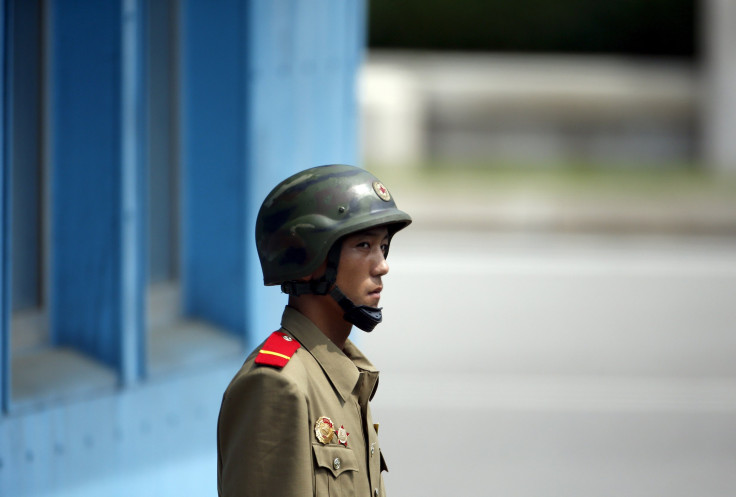North, South Korea Relations: Wall Between Countries Should Be Destroyed, State-Run Media Says

The state-run newspaper of North Korea urged South Korea on Monday to bring down a huge concrete anti-tank wall that Pyongyang, North Korea's capital, contends had stifled relations between the two countries for more than 30 years. Constructed under the leadership of former South Korean President Park Chung-hee in the mid-1970s, the wall was the “fundamental reason for the long-lasting division of the Korean Peninsula,” communist national newspaper Rodong Sinmun said.
“The concrete wall is heavily fortified with watchtowers and structures that can be equipped with heavy weaponry in a short time,” read the Monday edition of the Rodong Sinmun, according to NK News, an English language website that reports news about North Korea “The wall has automated iron gates that can be opened at any time for South Korean forces to march into North Korea. The wall is serving as a fortification for an offensive against North Korea.”
Deconstructing the wall had been a point of contention over the two and a half decades when it was put up on May 25, 1990, just six months after the fall of the Berlin Wall. Using the end of the Cold War and the collapse of the Berlin Wall as an example, North Korean national founder Kim II said at the time “the deconstruction of the concrete wall must proceed to accomplish the unification of the Korean Peninsula.”
The wall, according to NK news, is 44.6 km long, nearly eight meters high, five meters thick on top and 16.3 meters thick on the bottom.
Kim Min-seok, senior researcher at the Korea Defense and Security Forum, told NK News that the wall is primarily to stop tanks from entering into South Korea, although North Korea said that it’s a launching point for any attack on the North.
“The Western front of the DMZ is not as mountainous as other parts of the DMZ, making the region ideal for tanks to move in. Having the permanent concrete wall is far more effective than using bombs and missiles to bring down the roads or bridges to accomplish the same job during a crisis,” Kim said.
© Copyright IBTimes 2024. All rights reserved.












